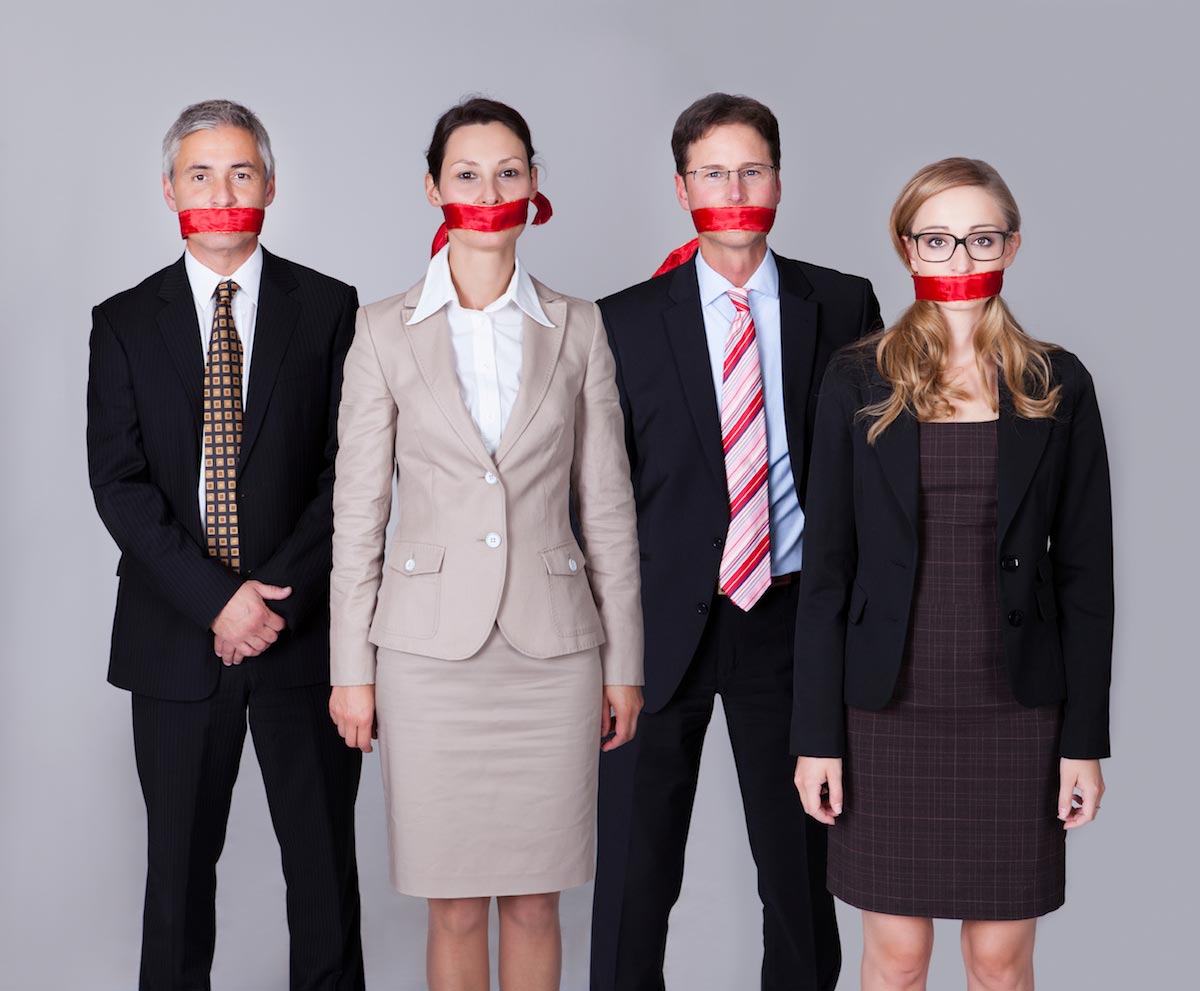Secondhand plastic toys may save you some money, but you may be putting your children’s health at risk if you let them play with it. This is because a study found that old plastic toys contained high levels of toxic chemicals.
In conducting the study, a group of scientists from the University of Plymouth in the U.K. examined a sample of 200 old plastic toys from the homes, nurseries, and charity shops across southwest England. All of the used toys were at a size that could be chewed by young children, such as cars, trains, construction products, figures, and puzzles. They assessed the presence of elements within individual toys with the use of x-ray fluorescence (XRF) spectrometry.
The group found that more than 10 percent of the secondhand toy samples contained high levels of toxic elements, which included antimony, barium, bromine, cadmium, chromium, lead, and selenium. Even at low concentrations, these are persistently toxic to kids over an extended period of time. Most of these toxic chemicals were found in building blocks, figures, and items of jewelry that were usually yellow, red, or black. With further tests conducted, they found that under simulated stomach condition, some toys released concentrations of bromine, cadmium, or lead that went over the limits set by the Europen Council’s Toy Safety Directive. The release of cadmium even went past its limit value by order of magnitude in some instances.
“Second hand toys are an attractive option to families because they can be inherited directly from friends or relatives or obtained cheaply and readily from charity stores, flea markets and the internet,” said Andrew Turner, lead researcher of the study.
However, he also said that currently, no regulation covers the recycling or resale of older toys, even though the Toy Safety Directive in Europe applies to new products.
“With the introduction and refinement of the Toy Safety Directive, the plastics industry has had to take steps to eliminate hazardous elements from new toys. However, consumers should be made more aware of the potential risks associated with small, mouthable and brightly coloured old plastic toys or components,” Turner explained.
Without new regulations, younger children will continue to be contaminated with these toxic chemicals as secondhand toys are cheaper, convenient, and recyclable. The findings of the study were published in the journal Environmental Science & Technology.
Previous study finds toxic chemicals in many vintage plastic toys
A study carried out by a team of researchers from St. Ambrose University in the U.S. found that vintage plastic toys, or those made in the 1970s and 1980s, contained lead, cadmium, and arsenic. In the study, they used specialist equipment to uncover heavy metals in more than 100 vinyl and non-vinyl toys, which included dolls and figurines.
The research team found that one out of four toys exceeded more than 10 times the safety limits for lead, one-third of non-vinyl toys went over the limits for both lead and cadmium, and one-fifth contained arsenic. Furthermore, the greatest concentrations of both cadmium and lead were observed in yellow toy parts, with several containing up to 70 times more than the current limit for lead.
“The developing brains and bodies of infants and young children are especially vulnerable to toxic exposures because they absorb and retain lead more efficiently than adults,” the researchers said.
The researchers believe that because vintage toys remain in frequent use, they are a potential source of heavy metal exposures. This is because older toys release small plastic particles and toxic metals because they have degraded over time. (Related: Pediatrician shares the dangers of 4 toys she wouldn’t buy for her own kids)
Read more stories on toxic chemicals at HeavyMetals.news.
Sources include:
ScienceDaily.com
Independent.co.uk




















